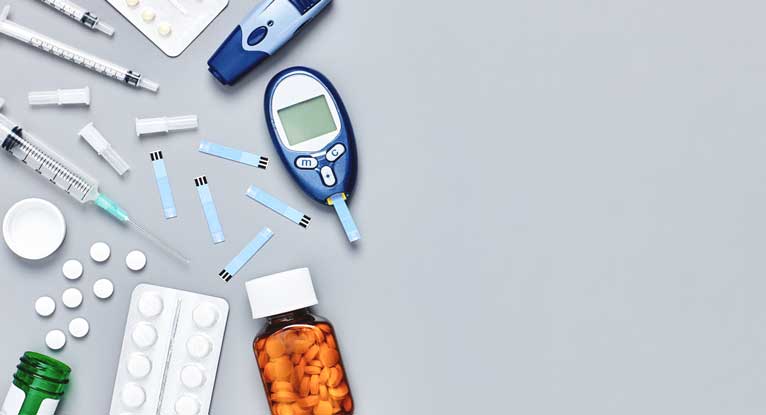According to new research comparing the time it takes to meet blood glucose objectives, tirzepatide accomplishes blood sugar management and weight reduction goals faster than existing diabetic medicines.
The latest analyses of the SURPASS-2 and SURPASS-3 trials, being presented at this year’s European Association for the Study of Diabetes (EASD) Annual Meeting in Stockholm, Sweden (19-23 Sept), found that adults treated with various doses of injectable tirzepatide (5, 10, and 15 mg) reached blood glucose targets about four weeks sooner than those taking injectable semaglutide (1 mg), and between four and 12 weeks sooner than those taking once-daily insulin (degludec; iDeg), along with diet and exercise and oral glucose-lowering medications. “Tirzepatide is unique because it mimics two natural insulin-releasing and appetite-suppressing hormones in one injection”, says lead author Dr Adie Viljoen, a Consultant Metabolic Physician and Chemical Pathologist from the East and North Hertfordshire NHS Trust, UK.
He added, “The speed we are seeing in glucose-lowering and weight loss is beyond anything else we have available right now and it may put adults with type 2 diabetes in a better position for preventing long-term complications. But it is important to remember that these medications should be used in addition to diet and exercise.”
T2D is a chronic and progressive condition in which the body does not make or use insulin normally, leading to high levels of glucose in the blood. More than 30 million Americans have T2D, but despite the availability of many medications to treat diabetes, only around half of US adults with T2D achieve target haemoglobin A1c (HbA1c; a measure of blood sugar control) of less than 7 per cent. Higher HbA1c levels are associated with complications like heart disease, stroke, kidney disease (nephropathy), eye disease (retinopathy) and nerve disease (neuropathy).
Tirzepatide is a single molecule that belongs to a new class of diabetes drugs that mimics two hormones, glucagon-like peptide-1 (GLP-1) and glucose-dependent insulinotropic polypeptide (GIP), involved in blood sugar control and appetite suppression. It was approved for the treatment of T2D by the US Food and Drug Administration in May 2022.
The SURPASS-2 and SURPASS-3 trials compared different doses of tirzepatide (5, 10, and 15 mg) with a once-weekly injectable semaglutide 1 mg (which is a single hormone, GLP-1 mimic agent) as an add-on therapy to metformin, or long-acting insulin (iDeg), as an add-on therapy to metformin with or without a sodium-glucose cotransporter-2 inhibitor, respectively.
On average, participants treated with all doses of tirzepatide lowered their HbA1c more than those treated with semaglutide and iDeg, and a greater proportion achieved an HbA1c of less than 7 per cent (<53 mmol/mol), less than or equal to 6.5 per cent (<=48 mmol/mol), and less than 5.7 per cent (<39 mmol/mol) at 40-weeks (SURPASS-2) and 52-weeks (SURPASS-3), respectively.
In this latest analysis comparing the time to reach HbA1c targets from the start of the study, researchers found that participants taking tirzepatide reached HbA1c targets of less than 7 per cent and 6.5 per cent or less considerably faster than both semaglutide and iDeg (see table in notes to editors).
The average (median) time to achieve a HbA1c level of less than 7 per cent was around 8 weeks for all tirzepatide doses compared to 12 weeks for both semaglutide and iDeg; and to reach 6.5 per cent or less was 12 weeks versus about 16 weeks and 24 weeks, respectively.
Further analyses of SURPASS-2, found that participants treated with tirzepatide also reached weight-loss goals significantly faster than semaglutide. The average time to reach 5 per cent or more weight loss was around 12 weeks on the two higher doses of tirzepatide (10 and 15 mg) compared to 24 weeks for semaglutide.
“Even a modest weight loss of 5 per cent of initial body weight is associated with clinically significant improvements in weight-related health issues for many individuals”, says Viljoen. “For people with type 2 diabetes to be able to achieve these improvements in health in around half the time is pretty incredible.”
Mild to moderate gastrointestinal side effects such as nausea, vomiting, and diarrhoea were reported most often during the dosage escalation phase and reduced with time in tirzepatide individuals.





